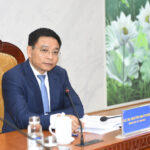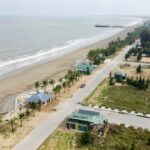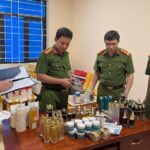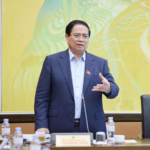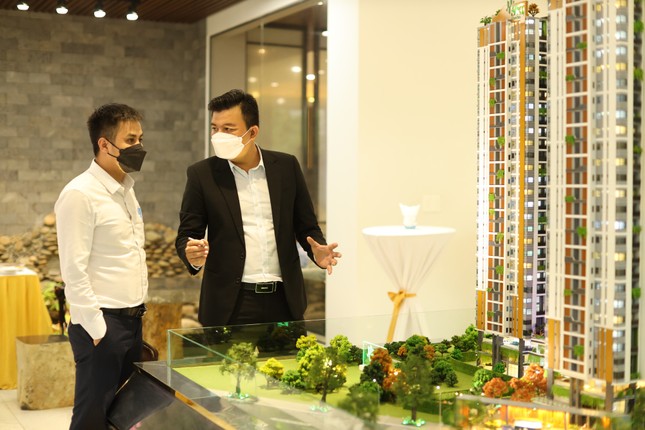The People’s Committee of Thanh Hoa province has issued a Decision approving the construction planning project for Ha Long Industrial Park with a ratio of 1/2000 in Ha Trung district.
Accordingly, the planning scope belongs to the administrative boundary of Ha Long town (Ha Trung district) and Bac Son ward (Bi Son town).
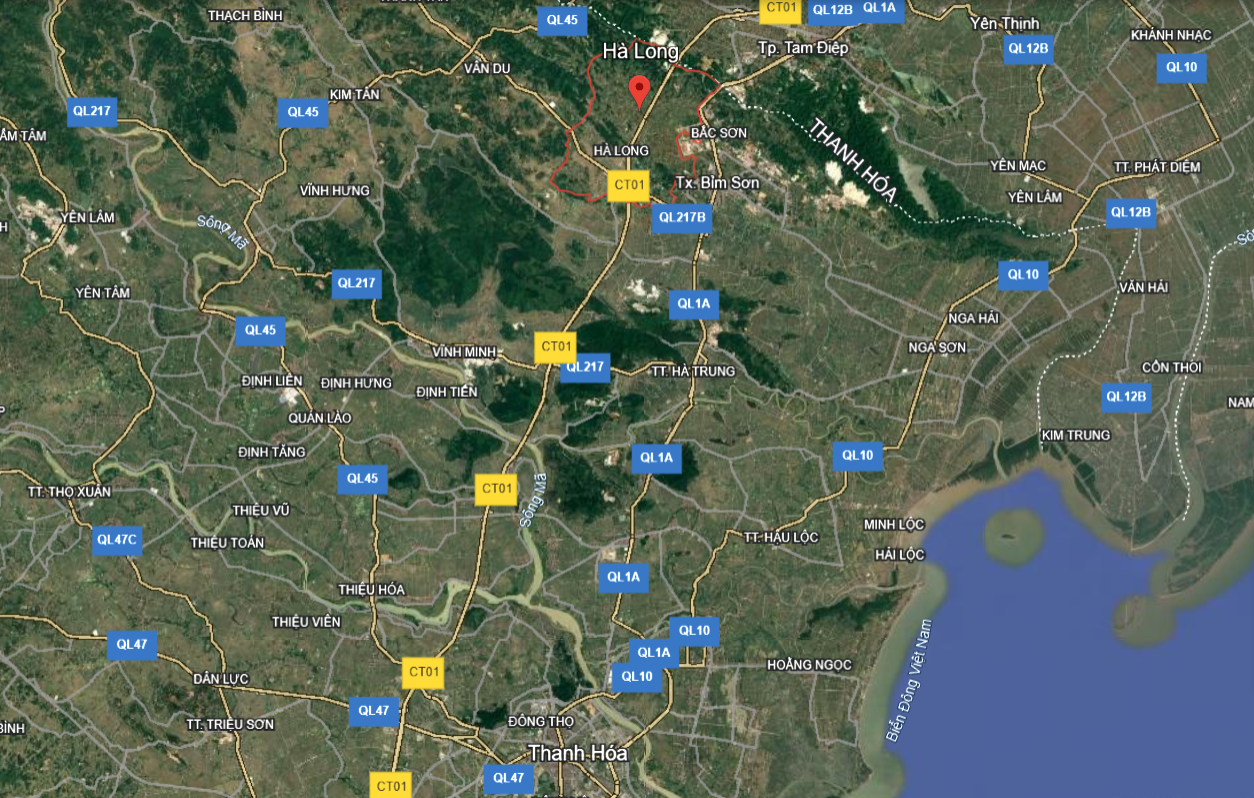
Location of Ha Long town (Ha Trung district)
Ha Long Industrial Park has specific boundaries: The north borders the clay mine of Bi Son Cement; the south borders the park, public land, and worker housing as per the master plan; the east borders Area A of Bi Son Industrial Park and the North-South railway; and the west borders the North-South expressway.
The Ha Long Industrial Park covers an area of approximately 613 hectares for planning research. Of this, about 544 hectares are allocated for industrial zoning and divided into two sub-areas: Area A spans 283 hectares, located south of the main East-West road axis, while Area B covers 261 hectares to the north of the same road.
The project’s objective is to establish an industrial park with a comprehensive technical infrastructure base, contributing to the economic and social development of Ha Trung district, Bi Son town, and Thanh Hoa province. Additionally, it aims to increase the proportion of industrial labor, significantly contributing to the labor structure shift in the region.
Ha Long Industrial Park will host a diverse range of industries, prioritizing electronics and precision mechanical product assembly. The projected workforce is estimated at 21,300 people.
Along with the construction of factories, the park will feature service facilities, public utilities, technical infrastructure, and green spaces.
Approximately 190 households will require resettlement in three areas to facilitate land clearance for the project. Additionally, the industrial park will allocate land spanning 21 hectares for worker housing and trade union institutions.
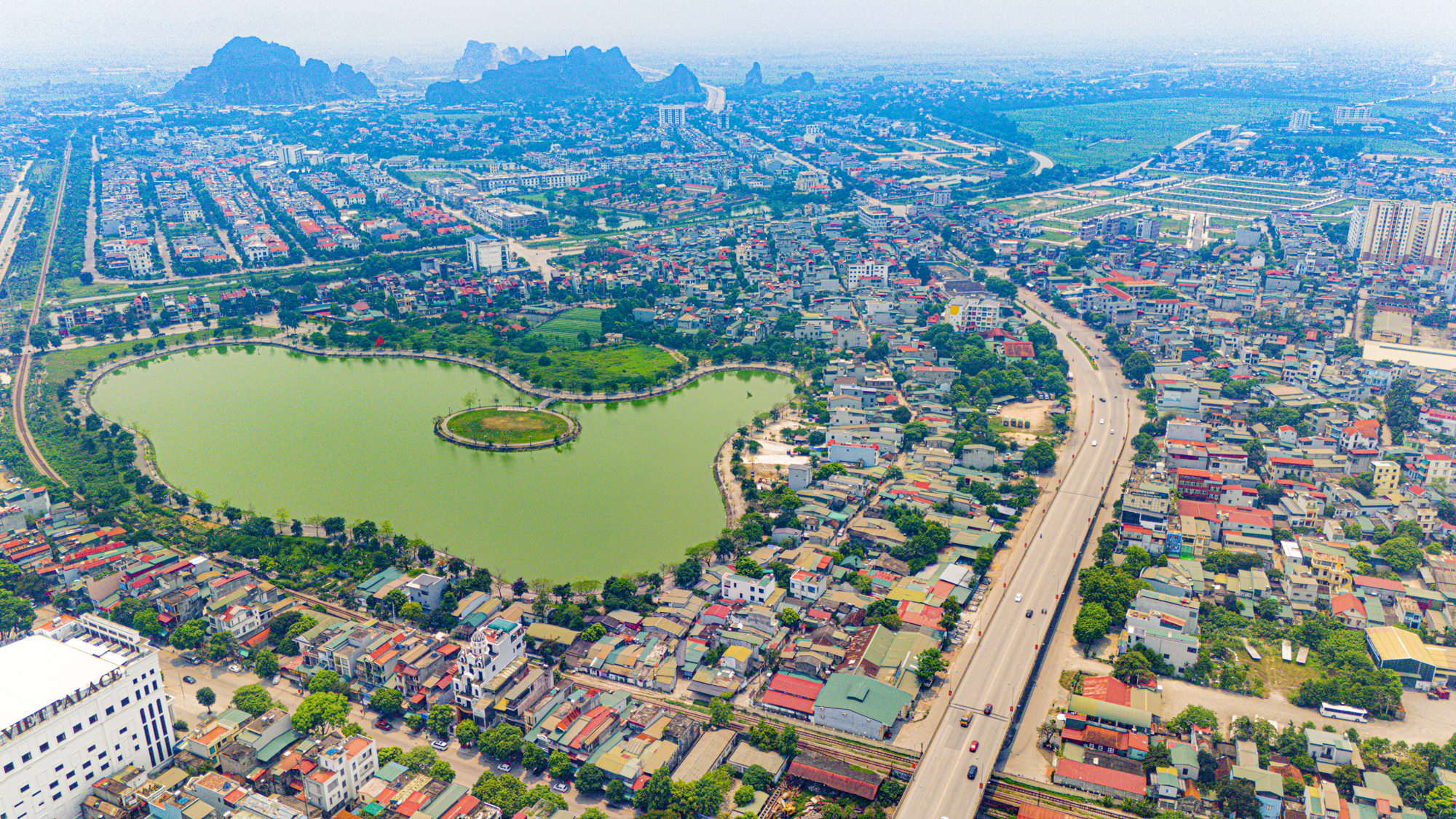
A glimpse of Thanh Hoa province.
In 2024, Thanh Hoa province attracted 105 direct investment projects, including 19 FDI projects, with registered capital increasing by over 25% compared to 2023. As of the end of 2023, the province is home to one economic zone and eight industrial parks spanning a total area of over 2,000 hectares.
Unlocking Ninh Binh’s Potential: The New Growth Hub by the Sea
The merger of Ninh Binh, Nam Dinh, and Ha Nam provinces compensates for limitations in terms of area and population. It streamlines administrative machinery and brings about positive changes in state administration. This move also boosts the economic scale, enhances competitiveness, attracts investment, and maximizes the potential and strengths of various economic sectors.
Samsung Reiterates Tax Refund Proposal to the Ministry of Finance for Samsung HCMC CE Complex in Ho Chi Minh City
Samsung Group is the largest foreign investor in Vietnam, employing approximately 100,000 Vietnamese citizens. The company’s significant presence in the country has had a profound impact on the local economy, creating a ripple effect of opportunities and contributing to the nation’s thriving business landscape. With its cutting-edge technology and innovative spirit, Samsung has not only boosted Vietnam’s economic growth but also played a pivotal role in elevating the country’s reputation as a desirable investment destination.
Unveiling the Counterfeit Cosmetic Empire: Busting a Major Manufacturing and Trading Hub
The authorities in Thanh Hoa province have recently busted a large-scale counterfeit cosmetics production and trading ring, operated by a 9x female suspect. Notably, the products were openly advertised on social media, attracting thousands of orders nationwide.
“In Extraordinary Times, Extraordinary Measures Are Needed”
In challenging times, developed nations opt for conservative growth targets. To buck this global trend and achieve ambitious growth, we require innovative solutions. Prime Minister Pham Minh Chinh asserts that “in these extraordinary times, we must adopt extraordinary measures, adapting with agility and efficiency.”



